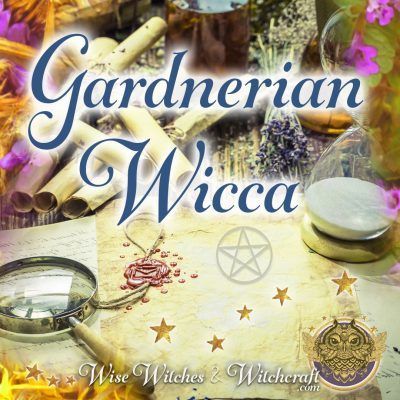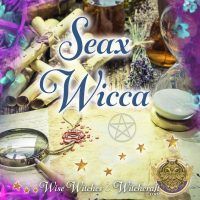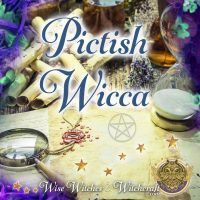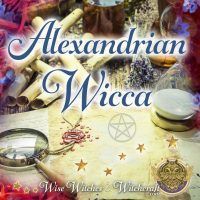Dianic Wicca
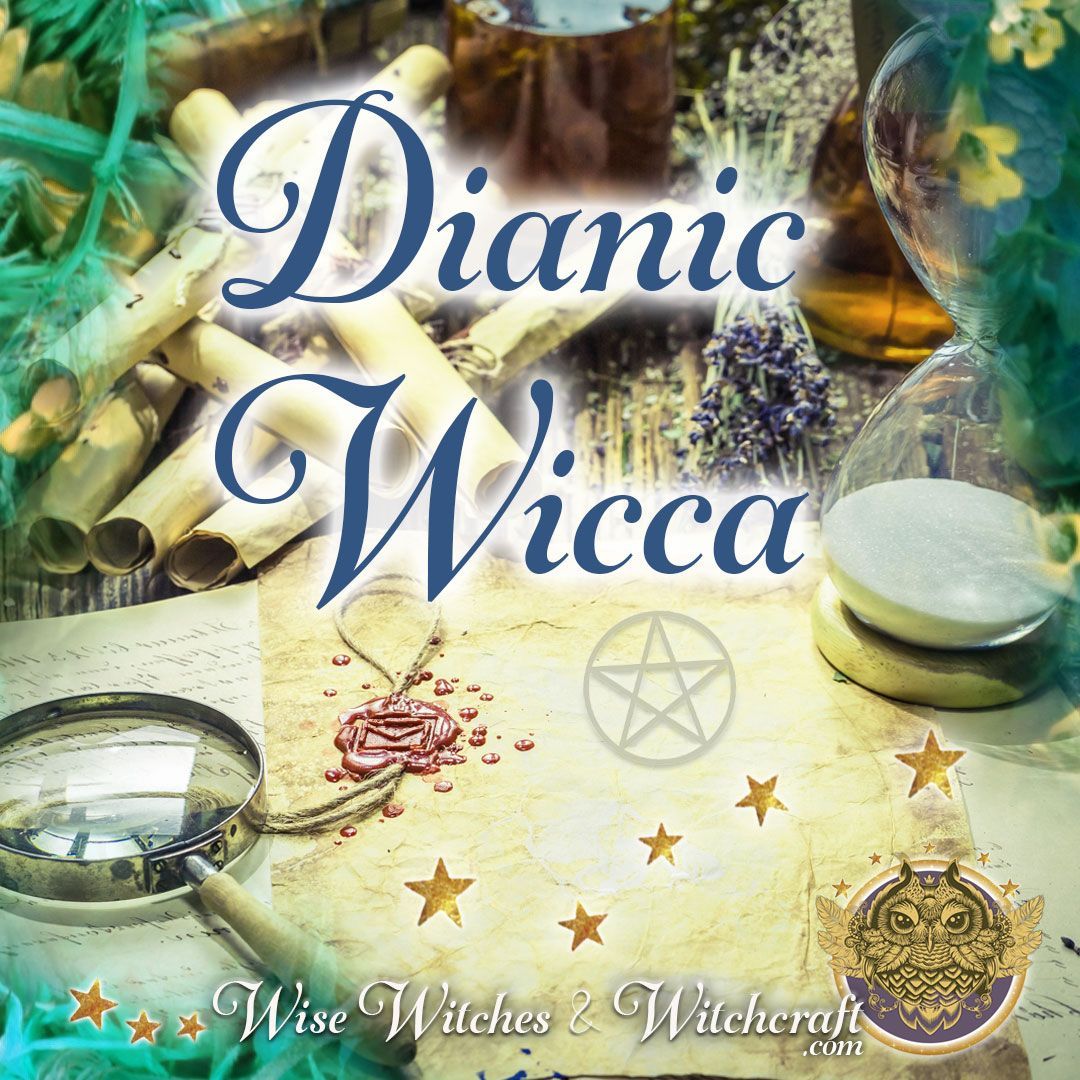
“Womanist is to feminist as purple is to lavender.”
-Alice Walker
Zsuzsanna (Z) Budapest founded the Dianic Wiccan tradition in 1971. It was Winter Solstice when the first Dianic coven convened, named the Susan B. Anthony Coven, with Z as the High Priestess. As a testament to her efforts, this initial coven continues to operate under the name Circle of Aradia.
Dianic Wicca has strong ties to the feminist movement. As such, the key focus is on the sacred Feminine or Goddess figure in all her cultural variants. There is little discussion of a God/Masculine entity. This was not because Z was looking to separate from the Male Divine, but instead direct attention toward the Great Mother as the birth-giver for all creation. It is this very power that the patriarchy sought to squelch by treating women as possessions and limiting their freedoms.
Because the vast majority of Dianic covens are women-only groups, some people outside the tradition mistakenly think that it is a lesbian organization. This, of course, is just not true. Your sexual orientation has no bearing on your ability to join a Dianic coven.
Dianic Wiccan Magical Practices & Observances
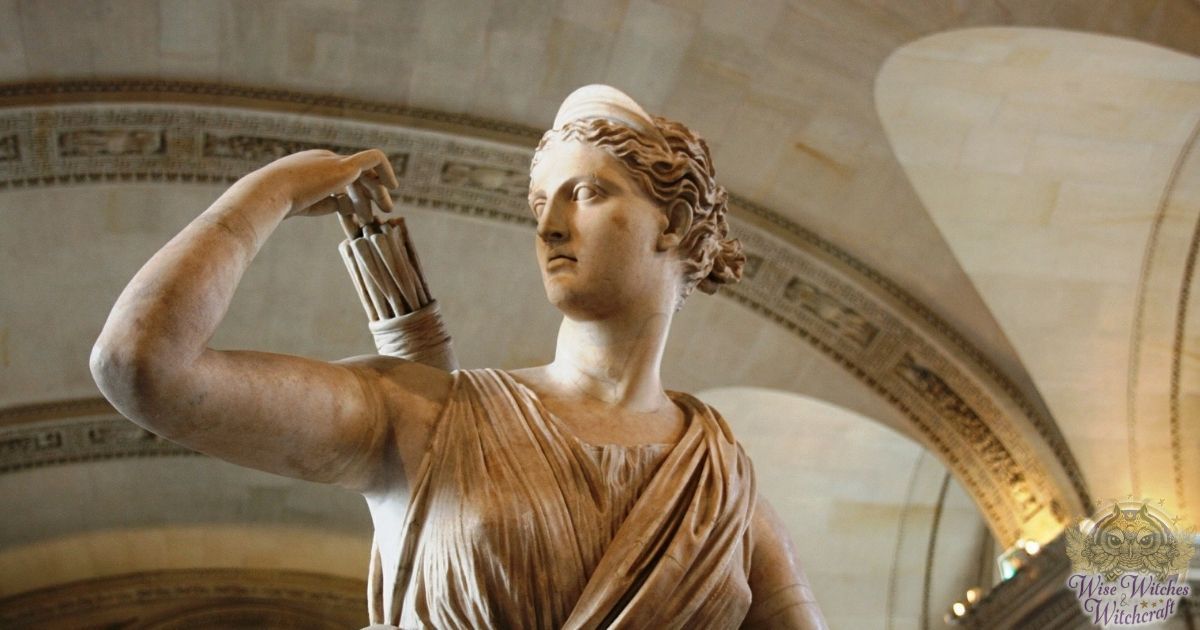
Dianic groups practice magic, visualization, and meditation as well as healing spells aimed at helping maltreated women. As such, many Dianic rituals have been individualized or customized to a person’s or the whole group’s needs. Trained Dianic witches often strive to help women overcome personal trauma and act as a vocal presence in communities fighting against violence toward women. Unlike some Wiccan traditions, hexes and spells that bind are not forbidden. In fact, if someone is a known abuser of women, the practice is encouraged as a kind of Karma and safety precaution.
The general guidelines of Dianic spellcraft are pretty straight-forward, having long ties to folk traditions and herbal arts. Work according to the moon phases, such as using the waxing to the full moon to increase love, money and improve health. The waning and dark moon represent diminishing and dispelling. One little caveat here. The Goddess has the right to say “no” to our requests no matter how well-intended.
Regarding annual observances, the Dianic Wicca Path follows the standard Wiccan holidays. They use ritual tools customary to other Wiccan groups. Z herself encouraged men to create their own mystery traditions in response to critiques of women-only gatherings. As a side note, there are Dianic Priestesses who open their rituals to men and transgender women, but they are relatively rare. In some cases, these more liberal groups are Independent Dianics that take inspiration from Z’s works but do not necessarily follow the precepts to the letter.
An excellent example of a Dianic group that will initiate men is the McFarland Dianic Tradition. This group draws some of their Wiccan methods and ideals from Gardnerian tradition and Robert Graves’ work, The White Goddess. Feminism remains an integral concept, and the High Priestess still must be female. The decision as to whether or not to open the circle to men remains with this leader.
Dianic Wicca: The Temple of Diana
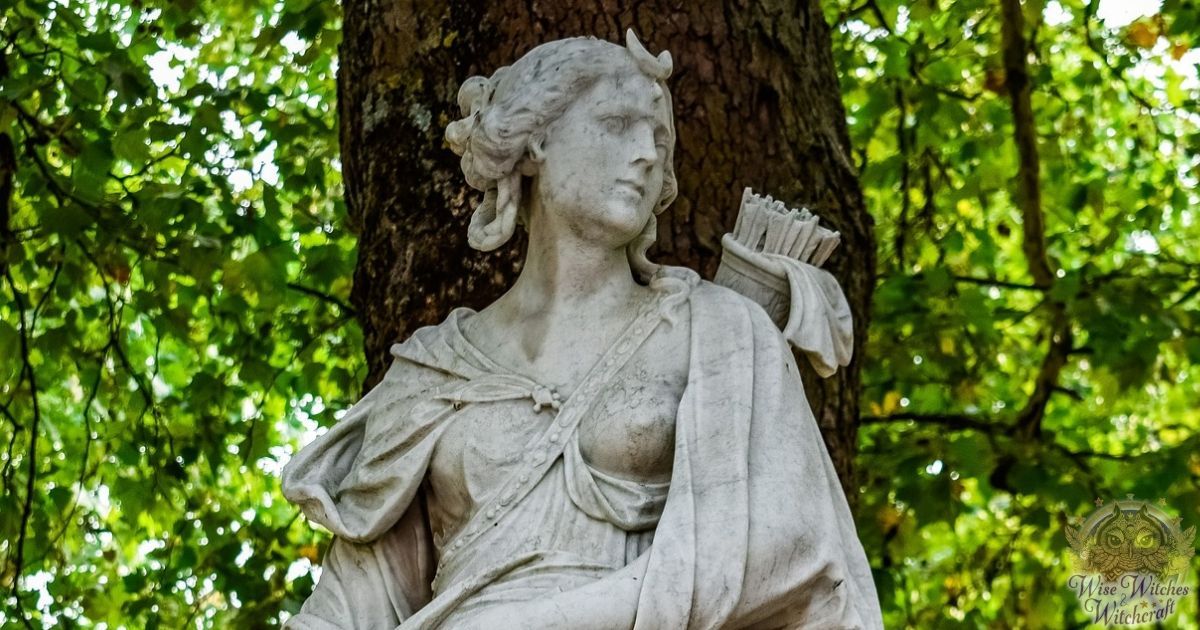
A couple other Dianic-inspired groups are the Living Temple of Diana and Non-Wiccan Dianics. The Temple of Diana focuses heavily on personal empowerment and holistic principles. This group accepts all genders into its Circle. The Non-Wiccan Dianic witch uses the W.I.T.C.H. manifesto (developed in the late 1960s) as a foundation for their spirituality. There is no initiation practiced among these groups nor any concern for ordination through the Dianic Wicca lineage.
During the years from 1980 to 2016 Z created 13 “Queendoms” each with a High Priestess. This person is given charge for training and elevating one other High Priestess annually. Failure to do so takes the title away from that woman, and she is no longer considered an active member. While that may seem harsh, it is a practical matter as well as a spiritual one. Anyone called to the Priesthood serves as a mentor and guide. This role maintains the continuity of the tradition and a strong body of leaders moving into the future.
There is a story shared among Dianics about Aradia, the daughter of the Goddess Diana. She came to earth to help the poor and enslaved, primarily women. Aradia’s goal was that of showing people how to overcome their masters, in part by using magic. One of her magical instructions was that of how to call on her for aid through a spell that’s been handed down through oral tradition from mother to daughter.
If you are interested in some of the other movers and shakers that have helped put Dianic Wicca on the map look to Mary Daly, Starhawk, Ruth Barrett, Doreen Valiente and Diane Stein, just for starters.
Discover Other Types of Wicca Traditions
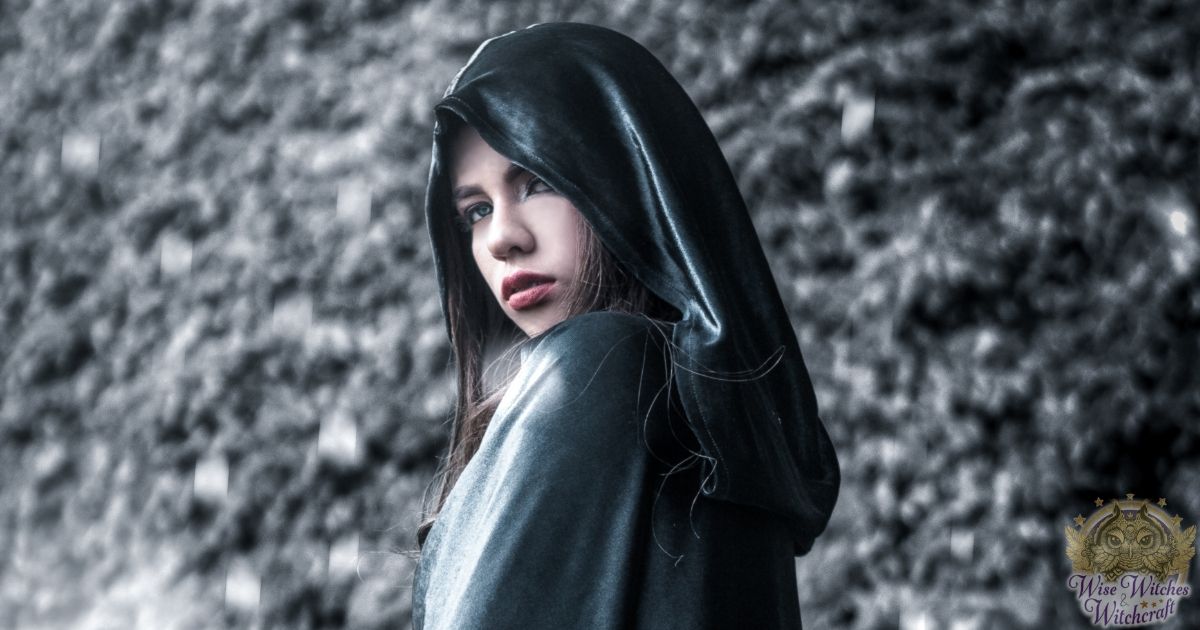
Alexandrian Wicca Tradition: Alexandrian Witchcraft, or Alexandrian Wicca began in the 1960s, founded by Alexander Saunders and his wife. This magical tradition has similarities to Gardnerian and remains a well-recognized Wiccan path.
Blue Star Wicca Tradition: The Blue Star Wiccan coven began in 1975. Considered an Eclectic Wiccan group, there are recognizable elements of both Alexandrian and Gardnerian Wiccan paths in this practice. Musical Pagans may enjoy the Blue Star liturgical music Moon Hooves in the Sand (1983).
Celtic Wicca Tradition: Celtic Wicca traces many of its practices to ancient Scotland, Ireland and Wales. This magical tradition overflows with folklore and “old world” magic. If the sound of bagpipes makes your heart flutter, read more and see if you might be a Celtic Witch.
Dianic Wicca Tradition: Dianic Witches emphasize the Goddess and many feminist ideals. Dianic Wiccans combine Italian folk magic and healing practices with parts of British Traditional Wicca. Practitioners use magic, meditations, spells, and visualizations in their workings.
Eclectic Wicca Tradition: Eclectic Wiccans are the “freestylers” of magical methods. This magical path seeks out underlying truths and inspiring practices from many of the worlds spiritual and religious traditions. From this gathered knowledge they devise a highly personal practice.
[wisew_rectangle_large align=”left”]
Gardnerian Wicca Tradition: Considered the first devised Wiccan tradition started by Gerald Gardner. This is an oath-bound initiatory magical path, organized in covens with a Priest and Priestess presiding. Gardnerian Wiccans often have strong ties to British Traditional Wicca.
Georgian Wicca Tradition: Similar to British Traditional Wiccan groups, Georgian Wicca was founded by George Patterson III. In 1971 Georgian Wicca had a charter through the Universal Life Church. The New England Covens of Traditionalist Witches assisted in formalizing this Tradition further.
Green Wicca Tradition: Green Witches are environmentally-aware practitioners. They have a strong connection to Earth and the living energy of the Universe. Green Wiccans practice a variety of nature-oriented magic methods including spells and divination.
Pictish Wicca Tradition: Pictish Witchcraft begins in old Scotland with a strong focus on nature. Considered more a magical path than a religious practice, this is most Pictish Wiccans are Solitary Witches. Divination and Meditation also figure heavily into the Pictish Witch’s methods.
Seax Wicca Tradition: Seax Wicca derives inspiration from Anglo-Saxon Paganism. Founded in 1973 by Raymond Buckland, Seax Wiccans can self-initiate, and coven structures are democratic in nature. A sacred Spear and Runes are two of the most important tools in this type of Witchcraft.
Solitary Wicca Tradition: Solitary Witches like to worship privately away from Coven settings. They practice a variety of magical Traditions that adapt to working alone. The Solitary Wiccan path is very intimate and personal to each practitioner.
Traditional Wicca Tradition: The Traditional Witch relies heavily on the history and folklore of our ancestors who practiced magic in simple, but effective ways. Traditional Witchcraft includes many familiar elements of Wicca and Paganism but is really neither. Some Traditional Witches have family or coven ties that guide their beliefs.

